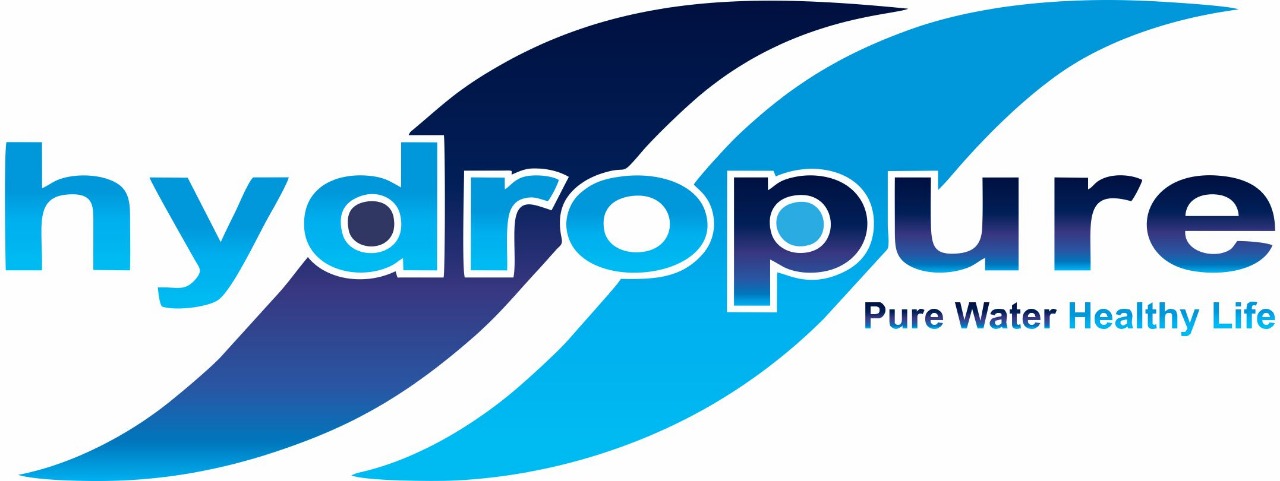WHAT IS CHLORAMINE?
To put it simply, chloramines are a family of chemical compounds formed when ammonia is added to chlorine to treat drinking water. The chemical most commonly used as a secondary disinfectant in municipal water distribution systems is monochloramine (NH2Cl), which is typically used only in low concentrations. The use of chloramine in water treatment has increased in recent years because it’s more stable and longer lasting than free chlorine, and is also less likely to produce dangerous byproducts like chloroform.
CHLORAMINE SIDE EFFECTS
Even though chloramine is potentially less dangerous in water than chlorine, it can cause problems. Chloramine side effects include giving water a bad taste and noticeable odor, and it may cause eye and skin irritation. In addition, competitive swimmers have reported respiratory problems, including asthma, after exposure to chloramine-treated water. It is also known that chloramine in the water supply in older houses can increase exposure to lead.
Water that contains chloramines is deadly to fish and other aquatic animals, so this chemical must be removed before the water is added to an aquarium or pond. It should also not be used in hydroponics or for brewing beer. Chloramines in water can also cause problems for kidney dialysis machines.
Generally speaking, no level of chloramine in water is considered acceptable.
MORE INFORMATION ABOUT CHLORAMINE IN WATER
Because of their advantages over free chlorine, chloramines have gained popularity as a water disinfectant. These chemicals have been used by water treatment plants for almost 90 years, and the EPA has set specific standards on what levels are safe for drinking, cooking, and other household uses. Although this chemical is carefully regulated, there are still many questions about its possible side effects – especially since it’s known to be dangerous to fish and other animals. The EPA continues to study chloramine in water and provide new information as it becomes available.
Many animals – particularly fish and aquatic animals – are very sensitive to chloramine. Chloramine removal is required in zoos and aquariums, and even people who have fish tanks and aquariums in their homes must treat their water to remove this chemical. Unfortunately, it’s more difficult to remove from water than chlorine, requiring a special filter or other neutralization product.
IS THERE CHLORAMINE IN YOUR WATER?
Many people notice that chloramine in water gives it a greenish color; pure water typically looks blue. You can see the color difference if you fill a white plastic bucket with chloramine-treated water and compare it to a bucket containing distilled water. Some people also report a distinct smell or taste to the water, although it’s often less noticeable than in water treated with chlorine. You can also ask your local municipal water system what chemicals they use to disinfect the water.
HOW TO REMOVE CHLORAMINE FROM WATER
Once you know that you are being exposed to these disinfection chemicals, the question becomes to how to remove chloramine from water. This is a bigger challenge than removing chlorine from water – its unstable nature means that there are several options for treating chlorinated water. Because chloramines in water are so stable, it’s very difficult to remove them through boiling or “aging” the water to allow the dissolved gasses (including chlorine) to evaporate. Chloramine removal can be achieved using an granular activated carbon (GAC) filter, although catalytic carbon filters are much more effective.
Catalytic carbon is a form of GAC that has been specially treated to allow it to promote chemical reactions. When the chloramines in water flow through the catalytic carbon media, the carbon causes the chloramines to begin decomposing so they can be removed.

